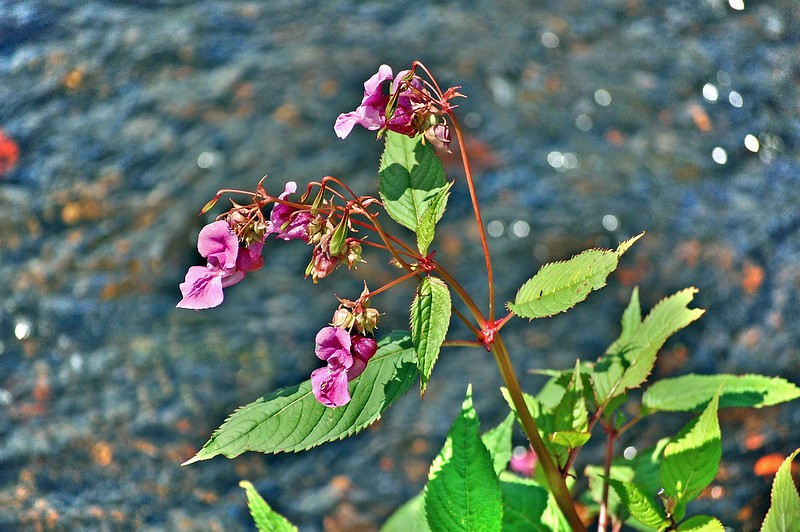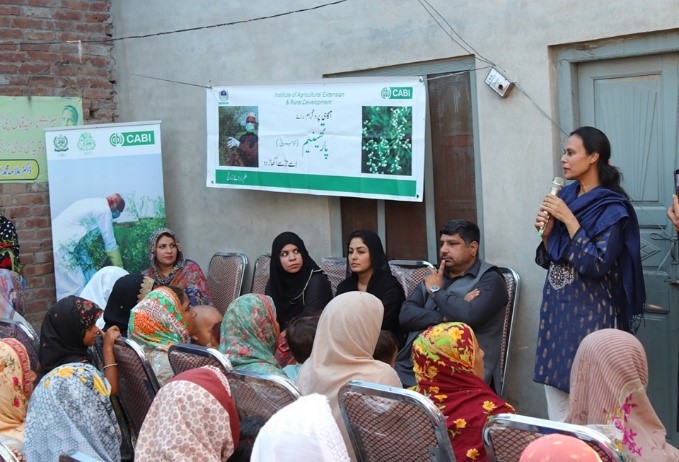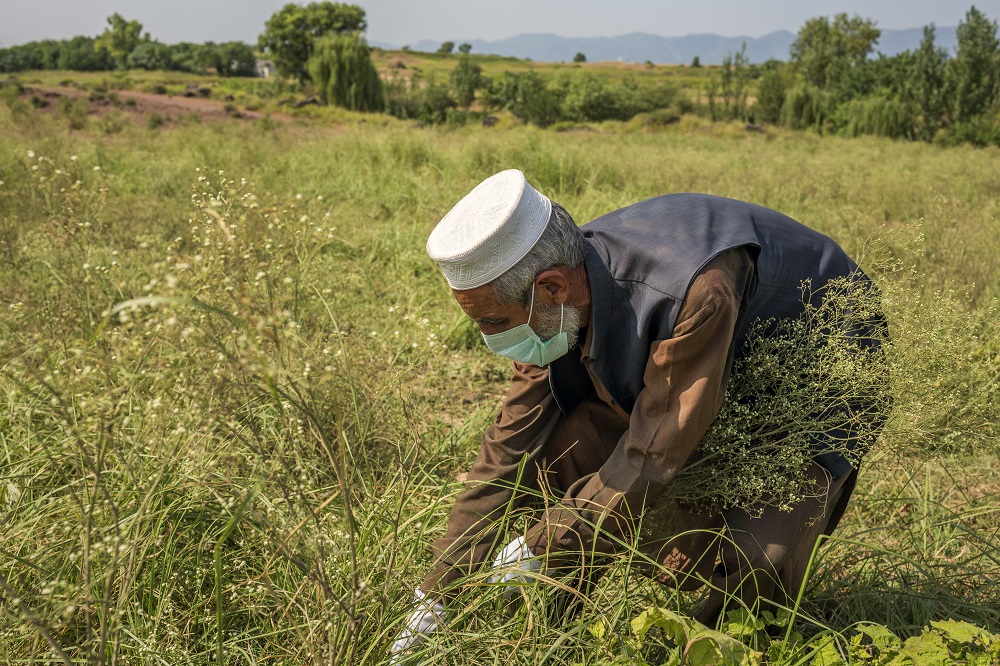UK Invasive Species Week – how can we tackle some of the worst weeds in the UK?
Today marks the beginning of UK Invasive Species Week (24-30 May) – a week to raise awareness about the threat of invasive species in the UK and the significant negative impacts they cause to our environment, our economy and our daily lives.
Controlling Himalayan balsam, one of the UK’s most invasive weeds
Himalayan Balsam’s beautiful pink flowers appear between June and September. We take a look at Himalayan balsam (Impatiens glandulifera), one of the UK’s most invasive and problematic weed species, and the work CABI is doing to combat its spread. Why is Himalayan balsam such a big problem?
CABI shares expertise on highly noxious and invasive parthenium weed at international conference on climate smart agriculture
By Dr Kazam Ali, Biocontrol Research Officer – CABI Central and West Asia (CWA) International conferences are priceless opportunities, not only for researchers and scientists but also for experts, policy makers, stakeholders and students, to ‘sharpen your saw’ by learning new skills in a different environment.
CABI publishes recommendations to fight scourge of parthenium weed in Central West Asia
CABI has published a new evidence note highlighting a list of recommendations to fight the highly-invasive parthenium weed which can have significant impacts on human health, the environment, livestock production and health and crop yields. The report ‘Parthenium: Impacts and coping strategies in Central West Asia’, states that the aggressively-spreading weed, now classified as a ‘superior…










